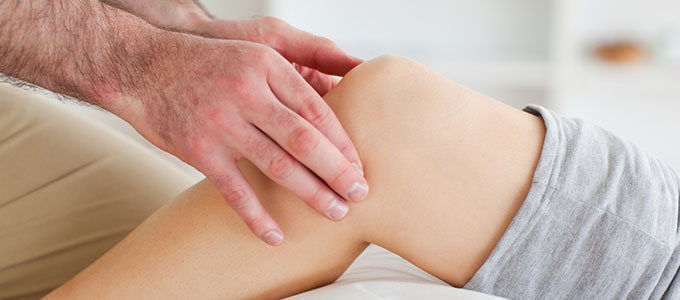
"Everyone who is born holds dual citizenship,in the kingdom of the well and in the kingdom of the sick."
–Susan Sontag
First impressions are generally right. In medicine, evaluations of this sort are sometimes called intuitive diagnoses. When I am examining a patient at my office and I put my hand on the patient′s knee, I can usually sense the emotional state of the patient, and that gives me information I need to understand this patient′s unique case. In this exchange, I am reminded of the significance of touch not only in healing but also in transferring something spiritual. A priest or minister may place a hand on a baby being baptized, on a child being confirmed, on a couple getting married, or on a candidate entering the ministry or priesthood. This touch communicates grace and a spiritual energy. In medicine, the transfer can be either way: from the physician to the patient or from the patient to the physician. In an initial examination, particularly, the communication is from the patient to me.
Sometimes in such an examination, when I touch a patient′s knee, I can sense fear. When I do, I sometimes write that impression down in the margin of the chart or I "file" it in the back of my mind. As I continue through the examination, I may find that everything checks out fine and that anatomically the patient is fit. Then I look again at the complaint: perhaps it is vague. Then I look again at the patient: perhaps in his or her eyes I can see confusion. Then I reevaluate the context. Perhaps the patient is accompanied by a spouse who contradicts the patient′s reports. Perhaps the patient is a teen-age boy, accompanied by his mother and father. Perhaps he has a vague complaint about his knee immediately before football workouts are to start. The mother may look worried; the father, impatient. From this, I get a snapshot of the scene and I integrate that scene with the initial impression and the anatomical evaluation. Maybe this boy doesn′t want to play football. Maybe he is afraid he is just not big enough. After performing my evaluation, I make an effort to have patients talk through what they are experiencing. The patient explains how the ailment is limiting movement and where the pain is occurring; I explain different problems, giving the patient an opportunity to identify which ones most closely parallel the complaint that brought the patient into the office. Together we work toward a definition of the problem and solutions to it.
These situations remind me of Dr. Alfred Schweitzer′s positive view of witch doctors, who plied their trade near his African clinic. "Don′t expect me to be too critical of them," the missionary physician told visiting Norman Cousins, the author of Anatomy of an Illness as Perceived by the Patient. Dr. Schweitzer explained: "The witch doctor succeeds for the same reason all the rest of us succeed…. We are at our best when we give the doctor who resides within each patient a chance to go to work."
When we think of our knees, we tend to think only of the knee surface that we skinned when we were children. We vaguely know the other terms that relate to the knee–cartilage, ligament, tendon–perhaps best from the sports pages, but until our knees begin to hurt, we may not bother to understand their meaning. But knowing what makes the knee works helps us understand what is wrong when we have a knee problem, why we are in such pain when we are hurt, and what solutions exist to treat and prevent such discomfort.
This is a section from Dr. Jack E, Jensen’s book The One Stop Knee Shop. Read the next section A Hinge But Not a Hinge.


